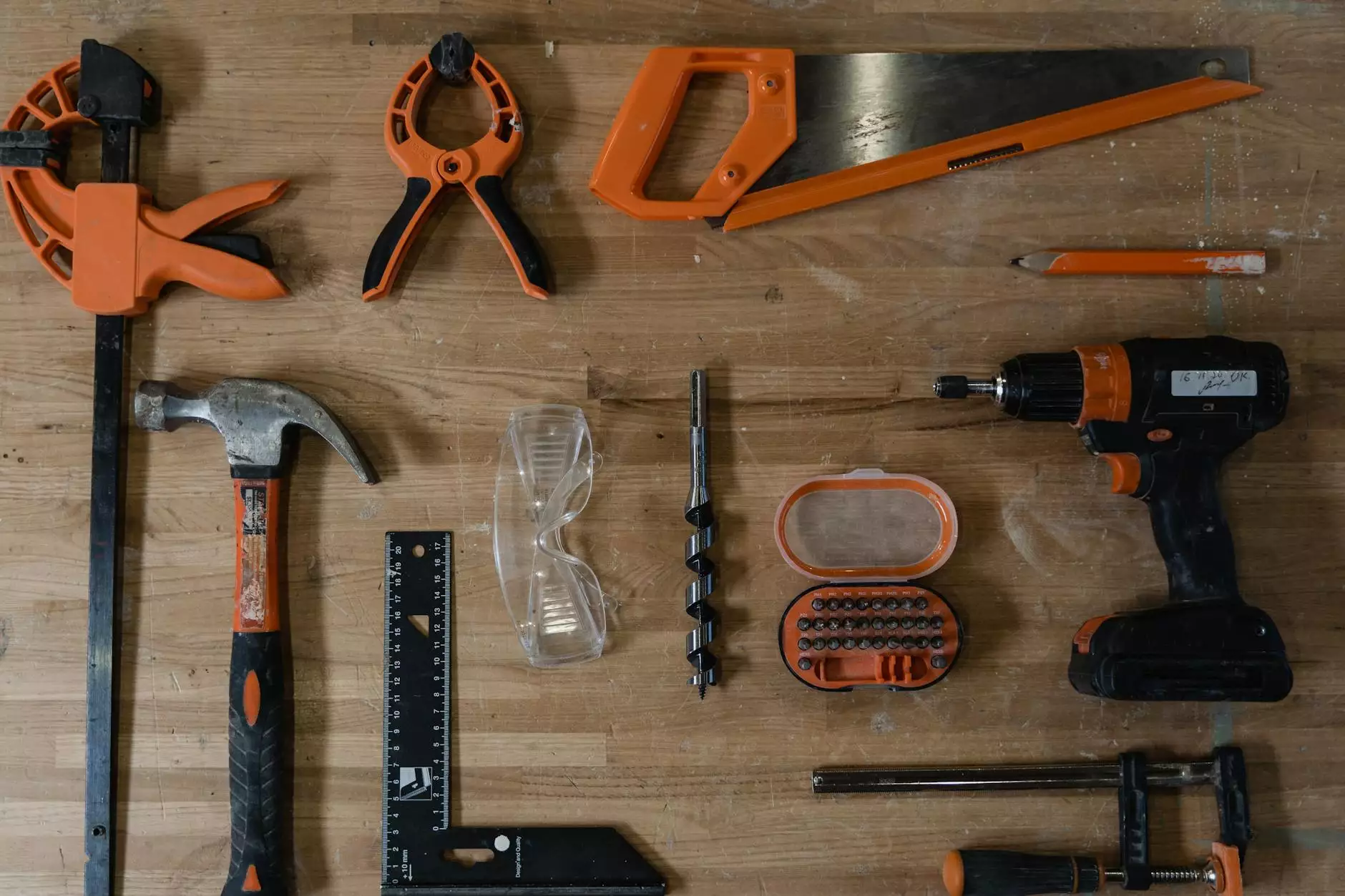Fiberglass Car Body Parts: The Essential Guide for Car Enthusiasts

When it comes to enhancing the performance, appearance, and durability of vehicles, fiberglass car body parts have carved a niche in the automotive world. These components are not just lightweight; they also offer unparalleled versatility and strength. This article will delve into the advantages, applications, and purchasing guidance of fiberglass car body parts, empowering car enthusiasts and professionals alike to make informed decisions.
What are Fiberglass Car Body Parts?
Fiberglass, a composite material made from plastic reinforced by fine glass fibers, is renowned in the automotive industry for its unique properties. The process of creating fiberglass car body parts involves the use of a polymer resin that binds the glass fibers together. This results in a sturdy, lightweight component, ideal for enhancing various vehicles. From fenders to hoods, fiberglass parts can be custom-designed to fit a range of models.
The Process of Manufacturing Fiberglass Parts
Understanding how fiberglass car body parts are manufactured can provide deeper insights into their benefits. The general steps involve:
- Design: Initial sketches or CAD designs are created to outline the part dimensions.
- Mold Creation: A mold is made from materials like metal or high-quality plastic.
- Layering Fiberglass: Fiberglass matting is saturated with resin and layered into the mold.
- Curing: The resin hardens, typically under heat or in a controlled environment, creating a durable product.
- Finishing: The parts are sanded, painted, and finished to meet aesthetic and quality standards.
Advantages of Using Fiberglass Car Body Parts
The popularity of fiberglass in automotive applications stems from several advantageous features, such as:
- Lightweight: Fiberglass parts are significantly lighter than traditional metal body components, which can lead to improved fuel efficiency and speed.
- Corrosion Resistance: Unlike metal, fiberglass does not rust, ensuring a longer lifespan and less maintenance over time.
- Customizability: Fiberglass can be easily molded into complex shapes, making it perfect for customized vehicles.
- Impact Resistance: Fiberglass exhibits exceptional durability against minor impacts, reducing the likelihood of cracking.
- Improved Aesthetics: With the capacity for sleek finishes and vibrant colors, fiberglass enhances the visual appeal of any vehicle.
Applications of Fiberglass Car Body Parts
Fiberglass car body parts are used in a variety of applications, from modifications for racing cars to enhancements for show cars. Below are some key components where fiberglass is commonly utilized:
1. Body Panels
From fenders to quarter panels, fiberglass body panels allow for extensive modifications and weight reduction, making them popular in performance and racing vehicles.
2. Hoods
Fiberglass hoods are not only lighter but can also come with functional air scoops to enhance engine performance by improving airflow.
3. Bumpers
Custom fiberglass bumpers can be designed for both aesthetic upgrades and added protection. They often feature aggressive styles that enhance a vehicle's sporty appearance.
4. Spoilers and Wings
Aerodynamic spoilers made of fiberglass help increase downforce at high speeds, vital for racing enthusiasts looking for performance boosts.
5. Custom Accessories
Various custom parts, such as side skirts, diffusers, and interior components, can also be created from fiberglass, allowing for complete vehicle personalization.
Choosing the Right Fiberglass Car Body Parts
When selecting the right fiberglass car body parts, several considerations can ensure you make a suitable choice:
1. Quality of Materials
Always opt for parts manufactured from high-quality fiberglass and resins. Inferior materials can lead to poor durability and lower performance.
2. Fitment and Compatibility
Ensure the fiberglass parts you purchase are designed to fit your specific vehicle model. Companies like CustomClass.net offer tailored solutions to meet your requirements.
3. Purpose of Use
Identify the intended use of the fiberglass components—whether for racing, show cars, or daily drivers—as this will guide your decisions.
4. Brand Reputation
Research the brand or manufacturer. Customer reviews and testimonials can provide insight into the quality and performance of their parts.
5. Weight vs. Strength
Consider the balance between weight savings and structural integrity. Quality fiberglass parts offer both, but always verify the product specifications.
Installation of Fiberglass Car Body Parts
Installing fiberglass car body parts requires careful preparation and tools. Here are the basic steps:
1. Preparation
Ensure your workspace is clean and gather all necessary tools: wrenches, screwdrivers, adhesive, and perhaps specialized tools for fiberglass work.
2. Remove Old Parts
If replacing existing components, gently remove them to avoid damaging surrounding areas.
3. Fit the New Parts
Position the fiberglass parts and check for fit; adjustments may be required to ensure alignment.
4. Secure the Parts
Use automotive-grade adhesive or bolts, as recommended, to secure your new fiberglass components into place firmly.
5. Final Checks
Once installed, double-check all fittings and perhaps take your vehicle for a brief test drive to ensure everything maintains integrity and performance.
Maintenance of Fiberglass Car Body Parts
While fiberglass car body parts offer great durability, regular maintenance is vital to ensuring longevity:
- Routine Cleaning: Use mild soap and water to wash the parts. Avoid harsh chemicals that may damage the surface.
- Inspect for Damage: Regularly check for cracks or wear, especially in high-impact areas.
- Reapplication of UV Protectants: Apply UV protectants to minimize sun damage and color fading.
The Future of Fiberglass in the Automotive Industry
As technology continues to advance, the use of fiberglass in automotive applications is likely to expand. Innovations in materials science could lead to even lighter and more durable fiberglass formulations. The automotive industry is moving towards sustainability and energy efficiency, making fiberglass car body parts a smart choice in meeting these goals.
Potential Innovations
Expect innovations such as:
- Hybrid Materials: Combining fiberglass with other materials to enhance performance while reducing weight.
- Advanced Manufacturing Techniques: Technologies like 3D printing could revolutionize how fiberglass components are created, allowing for unprecedented customization.
- Reinforced Fiberglass: Enhancements in the durability of fiberglass materials to withstand harsher conditions and impacts.
Conclusion
The benefits of using fiberglass car body parts are clear: weight savings, improved performance, and a stunning aesthetic make them an excellent choice for automotive enthusiasts. Whether you're looking to enhance performance on the track or create a show-stopping custom vehicle, fiberglass parts provide the versatility and durability needed in today's automotive landscape. Explore trusted providers like CustomClass.net to find the best options for your needs, and elevate your driving experience!









